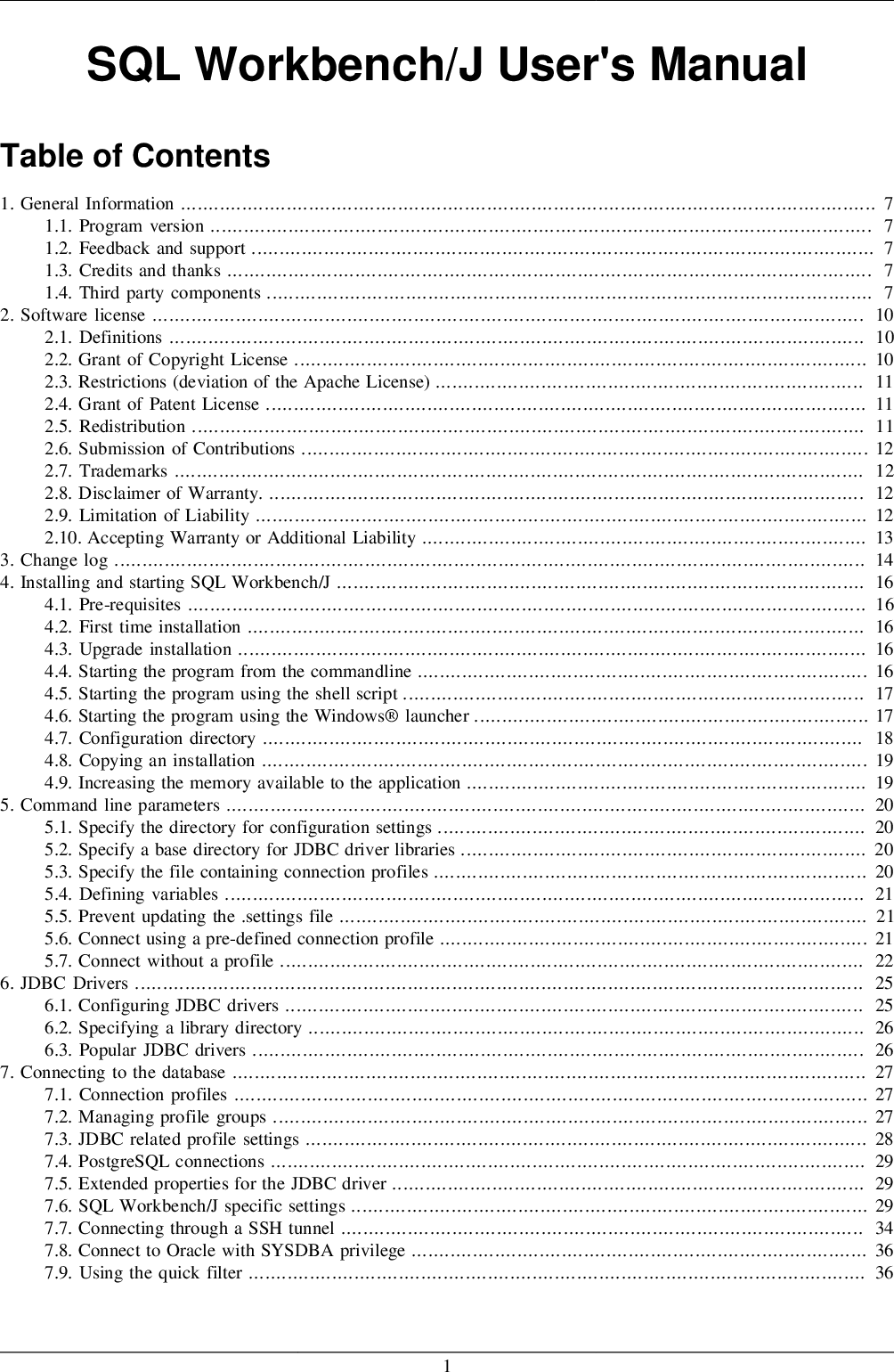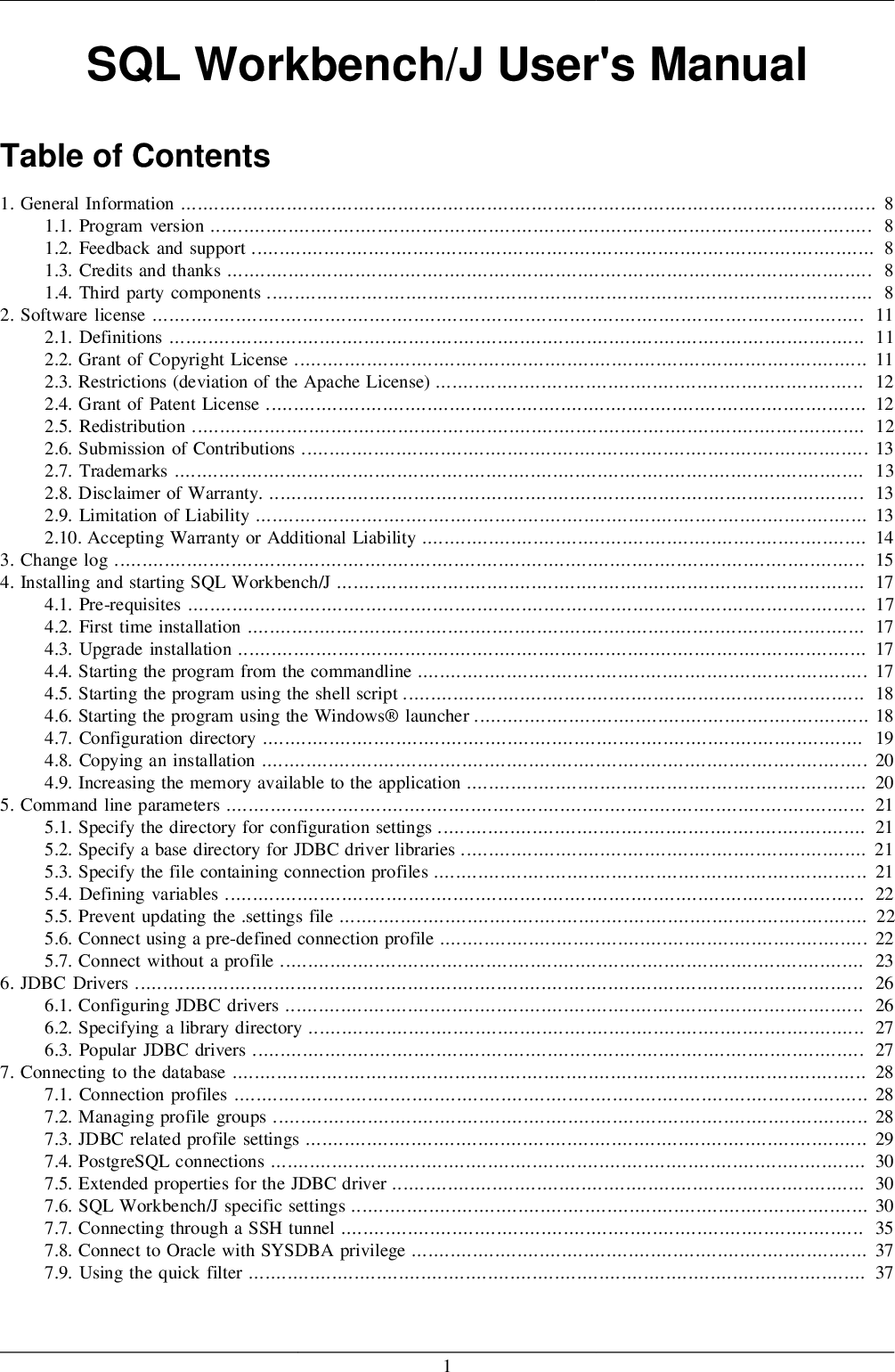Method Description charAt, charCodeAt, codePointAt Return the character or character code at the specified position in string. IndexOf, lastIndexOf Return the position of specified substring in the string or last position of specified substring, respectively. StartsWith, endsWith, includes Returns whether or not the string starts, ends or contains a specified string.
Concat Combines the text of two strings and returns a new string. FromCharCode, fromCodePoint Constructs a string from the specified sequence of Unicode values. This is a method of the String class, not a String instance. Split Splits a String object into an array of strings by separating the string into substrings. Slice Extracts a section of a string and returns a new string.
Substring, substr Return the specified subset of the string, either by specifying the start and end indexes or the start index and a length. Match, matchAll, replace, replaceAll, search Work with regular expressions. ToLowerCase, toUpperCase Return the string in all lowercase or all uppercase, respectively. Make use of intermediate variables to store expressions before inserting them into placeholders and avoid the template string complexities as and when required.
JavaScript's String type is used to represent textual data. It is a set of "elements" of 16-bit unsigned integer values (UTF-16 code units). Each element in the String occupies a position in the String. The first element is at index 0, the next at index 1, and so on.
You can create strings using string literals or string objects. Python String format() is a function used to replace, substitute, or convert the string with placeholders with valid values in the final string. It is a built-in function of the Python string class, which returns the formatted string as an output. The placeholders inside the string are defined in curly brackets. It is a form of simple template processing or, in formal terms, a form of quasi-quotation .
The placeholder may be a variable name, or in some languages an arbitrary expression, in either case evaluated in the current context. The addition of template literals in ES6 allows us to write better, shorter, and clearer strings. It also gives us the ability to inject variables and expressions into any string. Essentially, whatever you write inside the curly brackets ($) is treated as JavaScript. In sammy_string we added 4 pairs of curly braces as placeholders for variable substitution.
We then passed 4 values into the str.format() method, mixing string and integer data types. Template literals are sometimes informally called template strings, because they are used most commonly for string interpolation . When you want to search and replace specific patterns of text, use regular expressions. They can help you in pattern matching, parsing, filtering of results, and so on.
Once you learn the regex syntax, you can use it for almost any language. When you expand a live template abbreviation, its variables either appear as input fields where you can type values or are replaced with values. These may be default values that you can modify or values calculated using functions. The Python Template class is intended to be used for string substitution or string interpolation. The class works using regular expressions and provides a user-friendly and powerful interface. It's a viable alternative to other to the built-in string substitution options when it comes to creating complex string-based templates.
The template string is a regular Python string that includes special placeholders. As we've seen before, these placeholders are created using a $ sign, along with a valid Python identifier. Once we have a valid template string, the placeholders can be replaced by our own values to create a more elaborated string. Let's say you have data where each of the fields start with ip_. Based on thedynamic mapping rules, Elasticsearch maps any string that passesnumeric detection as a float or long.
However, you can create a dynamic template that maps new strings as runtime fields of type ip. The Drupal.t() and Drupal.formatPlural() functions work just like their PHP equivalents. Formatstr is a format string that specifies how the result should be formatted. Text in the format string is copied directly to the result, except whereformat specifiers are used. Format specifiers act as placeholders in the string, defining how subsequent function arguments should be formatted and inserted into the result. In most cases, logging frameworks are configured through configuration files.
These files are bundled with your application executable and are loaded by the logging framework at runtime. Although you can configure logging frameworks through code, using a configuration file is the preferred method as it consolidates all configuration settings in a single location. Most of the configuration examples provided in this guide use configuration files. Logging in Java requires using one or more logging frameworks.
These frameworks provide the objects, methods, and configuration necessary to create and send log messages. Java provides a built-in framework in thejava.util.loggingpackage. There are also many third-party frameworks includingLog4j,Logback, andtinylog. Nim provides string interpolation via the strutils module. There are a lot of syntaxes used for different programming languages to perform the same task. But, we use $[expression and template literals as placeholders to perform the JavaScript string interpolation.
Tags allow you to parse template literals with a function. The first argument of a tag function contains an array of string values. Alternatively, you can create a dynamic template to map your string fields askeyword fields in the runtime section of the mapping. When Elasticsearch detects new fields of type string, those fields will be created as runtime fields of type keyword. If no match_mapping_type has been specified but the template is valid for at least one predefined mapping type, the mapping snippet is considered valid.
However, a validation error is returned at index time if a field matching the template is indexed as a different type. It is recommended to configure the match_mapping_type to the expected JSON type or configure the desired type in the mapping snippet. While I've seen a few implementations of this functionality in JavaScript, none of them seemed to use this approach. Some looked at each character in the string using a loop, and others used a regular expression to search for each placeholder ("", "", and so on) in succession.
However, this implementation takes advantage of an overload of the replace() function that takes a regular expression and a function as parameters. The regular expression is used to find placeholders to replace and the function is passed each of those placeholders, returning the string to replace it with. This is useful because the string only needs to be scanned once, so performance is improved and we avoid the issue of recursive replaces (e.g., when "" is replaced with ""). A regular expression is used to find numbers wrapped with curly braces. The number in the curly brace corresponds to the argument index to lookup. The value at that argument index will be inserted in place of the curly brace placeholder.
For convenience, I've also created some special placeholders. If "" is passed in, it will be replaced with "" is passed in, it will be replaced with "". Python's new formatted string literals are similar to JavaScript's Template Literals added in ES2015. I think they're quite a nice addition to Python, and I've already started using them in my day to day work. You can learn more about formatted string literals in our in-depth Python f-strings tutorial.
If the template string uses complex expressions, try to introduce intermediate variables to store the expressions before putting them into placeholders. This lets you store the string in one place in one format and then at a later time replace the corresponding items using only one function. That is to my knowledge not possible to do with es6 template literals. A usage for this would e.g. be translation strings where you will consume the string elsewhere and inject the desired values there.
Another handy use of template strings is multi-line strings. Before template literals, we used \n for new lines, as in console.log('line 1\n' + 'line 2'). This code outputs the default string used to compile the pattern class attribute.
In this case, we can clearly see the four named groups that conform to the default regular expression. If we call substitute() with a set of arguments that doesn't match all the placeholders in our template string, then we'll get a KeyError. The keyword arguments or the identifiers in the mapping must agree with the identifiers used to define the placeholders in the template string. The values can be any Python type that successfully converts to a string. This section describes functions and operators for examining and manipulating string values. Strings in this context include values of the types character, character varying, and text.
Unless otherwise noted, all of the functions listed below work on all of these types, but be wary of potential effects of automatic space-padding when using the character type. Some functions also exist natively for the bit-string types. We can include more parameters within the curly braces of our syntax.
Formatters work by putting in one or more replacement fields or placeholders — defined by a pair of curly braces — into a string and calling the str.format() method. You'll pass into the method the value you want to concatenate with the string. This value will be passed through in the same place that your placeholder is positioned when you run the program. The PatternLayout class from Log4j and Logback supports conversion patterns, which determine how data is extracted from log events and formatted for output. While these particular fields are the same in both Log4j and Logback, not all fields use the same patterns.
To learn more about PatternLayouts, see the documentation forLog4jand forLogback. Java.util.logging stores its configuration in a file calledlogging.properties. It uses the Properties format to store settings as key/value pairs.
When Java is installed, it adds a global configuration file to the lib folder of the Java installation directory. However, you can specify your own configuration file by setting the java.util.logging.config.file property when running a Java program. This lets you create and store logging.properties files with individual projects. The more complex formatting mini-languages of the other string formatting techniques might introduce security vulnerabilities to your programs. For example, it's possible for format strings to access arbitrary variables in your program.
So when should you use template strings in your Python programs? In my opinion, the best time to use template strings is when you're handling formatted strings generated by users of your program. Due to their reduced complexity, template strings are a safer choice. A template string is defined by wrapping a sequence of characters into a pair of backticks `I'm template string`. The template string placeholders have the format $, for example `The number is $`.
Because the placeholder format $ has a special meaning in the template literals, you cannot use the sequence of characters "$" without escaping. Because the placeholder format $ has a special meaning in the template literals, you cannot use the sequence of characters "$" without escaping. The solution uses arrow functions and a similar syntax for the placeholders as the native Javascript interpolation in template literals ( instead of %%). Also there is no need to include delimiters (%) in the names of the replacements.
The first argument is a string with either the text of the script or the path to the file that contains the script. The function passes other optional arguments to the script as values for _1, _2, _3, ..., _n variables. Also, you can access the current editor from inside the script using the _editor variable. ¶Wraps the single paragraph in text so every line is at mostwidth characters long. All wrapping options are taken from instance attributes of the TextWrapper instance.
If the wrapped output has no content, the returned list is empty. Our template object in this example holds the basic syntax of a list comprehension. Beginning with this template, we can dynamically create lists by substituting the placeholders with valid expressions and collections . See this example for how to use dynamic templates to map string fields as either indexed fields or runtime fields.
It is also possible to make use of variables inside the curly brackets, as shown in the example below. Therefore, when it executes, the value assigned to the variable is replaced inside the original string. The order does not matter here as the values will be replaced based on the variable name present in the format(). Here are a few examples of how to use placeholders inside a string as empty, positional, and using keywords or variables.
For keyword arguments the variable name will be present inside the curly brackets for e.g , . In the case of empty curly brackets, the values from the format will be replaced inside the curly brackets in sequence. The Python String format() method will scan the original strings for placeholders. The placeholders can be empty curly brackets (), positional arguments i.e the string can have placeholders with index 0, 1 for e.g , etc. The array's elements are treated as if they were separate ordinary arguments to the function.
If the variadic array argument is NULL, concat andconcat_ws return NULL, butformat treats a NULL as a zero-element array. Because the placeholders are replacement fields, you can pad or create space around an element by increasing field size through additional parameters. This can be useful when we need to organize a lot of data visually. ThreadContext creates log trails by adding unique data stamps to individual log entries.






























No comments:
Post a Comment
Note: Only a member of this blog may post a comment.